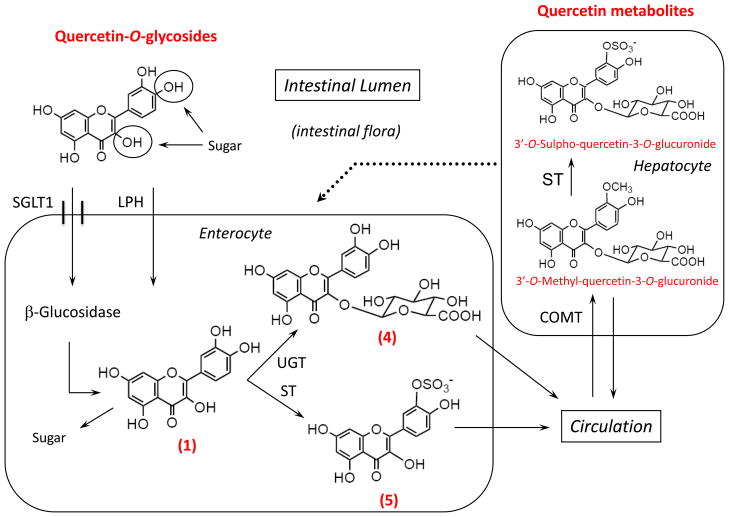Scheme III. Major metabolic pathways for the conversion of dietary quercetin.
Quercetin, present in food as glycosides, is absorbed intact by the sodium-glucose transporter 1 (SGLT1) and hydrolyzed by β-glucosidase in enterocytes. In addition, dietary glycosides of quercetin can be hydrolyzed before absorption by membrane-bound lactose-phloretin hydrolase (LPH). In the enterocyte, quercetin aglycone (“free” quercetin) (1) is mostly metabolized to glucuronides (4) by UDP-glucuronosyltransferase (UGT) or to sulphate derivatives (5) by sulphate transferase (ST) and exported into the circulation. In the liver, the glucuronides undergo further metabolism, mainly by ST and catechol O-methyl transferase (COMT). These processes and enzymes combined are responsible for the metabolites detected in plasma and urine. In addition, quercetin may undergo enterohepatic circulation by its excretion through bile and subsequent intestinal re-absorption. For structure names and reference numbers, see Scheme I.

